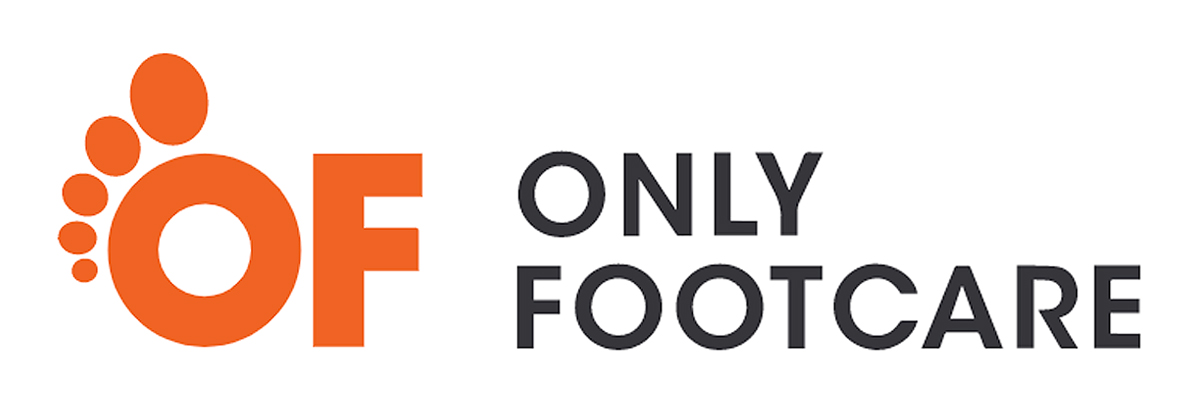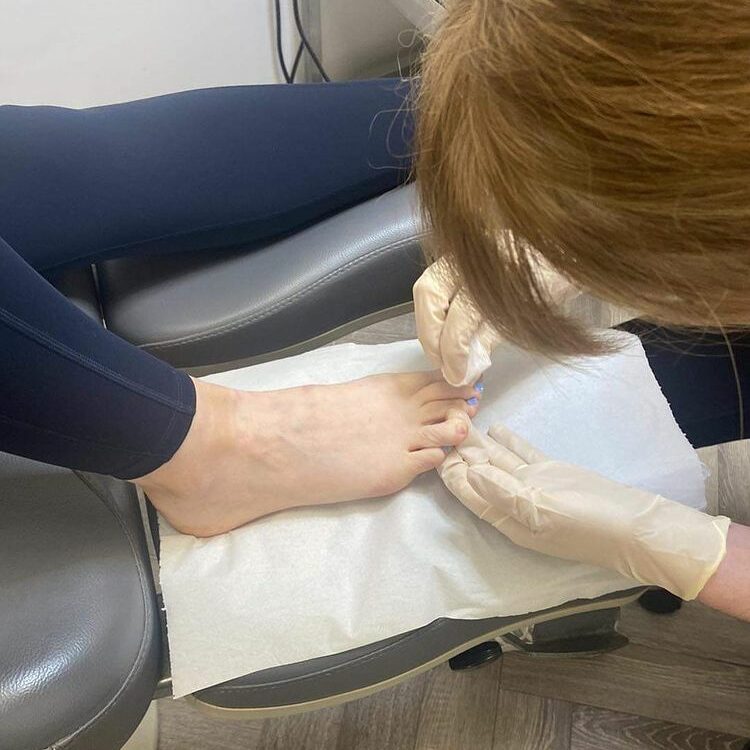The Only Foot Care team see a lot of questions on online forums like Facebook from people who are considering training or have started their online courses. A lot of people ask how much it costs to set yourself up as a foot health care practitioner. This question is just as important if you are going to be an independent Podiatrist (rather than working in the NHS), or as an associate in an established practice.
The first thing to think about is what kind of practitioner are you going to be? How will you offer treatments to the general public?
- Will you be offering home visits, called Domiciliary or doms.
- Do you want to work in elderly care facilities and nursing homes?
- Will you be working in your own clinic? This could be based in a dedicated room in your own home or in a garden studio
- Do you want to work for an established private clinic or a multinational foot health care provider like Shuropody?
- Do you want to rent a space in a multi-disciplinary practice with other health care practitioners, like Physiotherapists, Sports therapists etc.?
- Could you rent a room in a beauty salon or hair salon?
You may well want to do a combination of these options, most people do, especially at the beginning of their careers. If you want to work in an established business, then your start-up costs will be minimal as they will supply all the equipment you will need to perform your day-to-day clinics.
But regardless of where you work, and for whom, you will still have costs to pay before you start practising.
Practitioner’s Insurance
You must get professional insurance before you start practising. Your training provider will be able to advise you on the insurance companies who will insure their students. Suppose you have trained with The SMAE Institute, the Institute of Chiropodists and Podiatrists/College of Foot Health, The College of Foot Health Practitioners, or completed a degree through the Royal College of Podiatrists. In that case, they will have their own insurance companies offering you the correct level of cover. Costs vary, so please contact insurers individually for quotes.
HCPC Or Other Registration
Depending on your qualifications you may also wish to register with The Health and Care Professions Council (HCPC) for podiatrists, or another professional body. Foot Health Practitioners are not obligated to be on any particular professional register in the UK, but many do. You might also consider membership of The College of Foothealth which is overseen by the Institute of Chiropodists and Podiatrists. Membership of such an organisation will give you access to continued professional development (CPD) programs as well as support. The cost of memberships varies and you should contact individual organisations for up-to-date information.
What equipment does a foot health practitioner need?
Assuming that you will want to start out as a Foot Health Practitioner working on your own, there is a minimum amount of equipment you will need. At this stage, you might be running alongside another job until you have enough business to warrant going full-time. In this case, you’ll need to curate a kind of foot health practitioner starter kit with essential equipment. This equipment includes, but is not limited to the following:
An Autoclave
You must sterilise your equipment in an autoclave that heats to 134 degrees for a minimum of 3 minutes. Autoclaves can be either steam or vacuum, some do both. They can be purchased from most major podiatry suppliers or hired on lease from companies like Excel HealthCare
Leasing is a cost-effective way of getting a great autoclave on a monthly budget and usually includes annual service.
Most podiatry supply companies will give you a deal price on the Autoclave, with an Ultrasonic bath and water distiller machine (also essential). Some companies will also include 6 sets of patient instruments with your purchase. Small, steam autoclaves can be purchased for about £1,000 like the Podicalave from Prestige, shop around with the big suppliers for the best deal. Second-hand Autoclaves can be a great deal, but do check that they have been regularly serviced and that parts can still be purchased. Check facebook forums like Podiatry Sales and Wants UK for good quality equipment from retiring practitioners. There are bargains to be had.
Podiatry Instruments
We would advise you to wait until you have completed your practical training before you order instruments. There are so many types, styles, weights and sizes of nail nippers for example, that you will need to try a variety out in your hand and find the ones you prefer. If you have small or large hands, your choice will be different.
You can aim to start with about 6 sets of instruments for your foot health practitioner starter kit. That could include but may not be limited to:
Nail nippers, nail file, scalpel handle, blacks file a foot file like our Onlyfootcare professional foot file.
Instrument boxes to carry your clean instruments in or sterile pouches to sterilise your instruments in if using a vacuum autoclave.
Drill
Podiatry drills come in many shapes, sizes and prices. Some have a vacuum (best for you and your client), some have water jets, and some are more mobile than others. Before you buy you should try to see what you like and what fits nicely in your hand. Try all types on your training course and if you’re not sure, visit a trade show like The Foot & Ankle Show or Foot Health at Kettering to check out all the different suppliers. You can also request a meeting from a sales rep before you purchase, they are only too happy to help you.
Foot Care Products
Foot care creams like the Podoexpert range of products to use on your patients and retail to them for continued care in between appointments.
Dressings & Medications
A range of dressings and medications. Again, wait until you have completed your practical training as you will have the opportunity to try different products and your training school usually has a great deal from a supplier for a basic range to get started with.
Uniform
Most training schools will have their own standards which you will need to adhere to while in the classroom, but once you are out on your own you can pretty much wear what you like that is comfortable for you. I personally love to wear scrubs. What other job allows you to go to work in your pyjamas and trainers?! Whatever you choose to wear, you will need a couple of sets to get you started and they vary in price and quality. Good quality scrubs sets can be purchased from about £40 on various online markets, uniform suppliers and your school may have them for sale too.
The list of things you may need, may want, would be nice to have etc. is endless, but the above list is essential if you are going to work for yourself. You can spend a lot of time online sourcing bargains and wasting a lot of money on items that are not fit for purpose. The easiest thing to do is to speak to a sales rep who knows the business inside out and is there to help you.
If you were to ask me how much you should put aside for the basic equipment – your foot health practitioner starter kit – that you are going to need to start trading, I honestly think that £3,000 is a very fair amount to work with, but you could easily spend more!


1 Comment. Leave new
I am a 2nd-year student, and I will wait till I finish and then think of purchasing. Will be opening up next year.